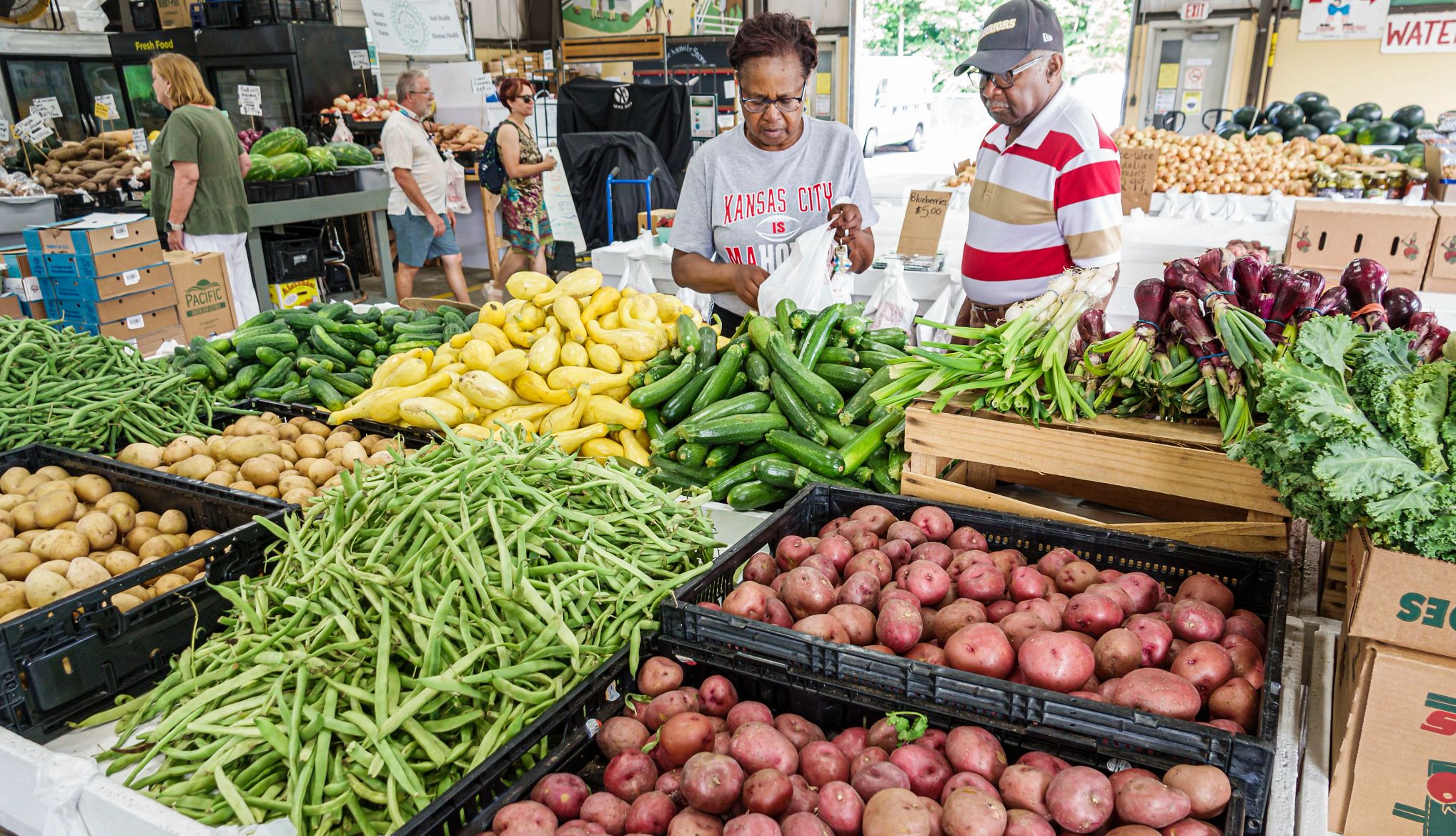AARP Hearing Center


In this story
New work requirements • Paperwork hurdles • Medicaid coverage changes • SNAP funding cuts • Medicaid funding changes
Extra reporting paperwork. New work requirements. Funding shifts. These changes will soon trickle down to millions of low-income adults who rely on federal nutrition assistance and health care.
The new federal spending law signed by President Trump July 4 will bring big changes to the Supplemental Nutritional Assistance Program (SNAP) and Medicaid — two programs that are lifelines for people with disabilities and limited resources. More than 11 million adults 50 and older use SNAP to keep food on the table, while more than 17 million adults 50 and older rely on Medicaid for essential health care services.
The changes on the horizon are expected to impact many of these people who struggle to afford nutritious food, prescription medications, long-term care and routine doctor visits. Adding further complexity, the changes roll out at different times and affect different people in different ways, creating potential for some to fall through the cracks.
Join Our Fight to Protect Older Americans
Here’s what you can do to help:
- Sign up to become an AARP activist for the latest news and alerts on issues you care about.
- Find out more about how we’re fighting for you every day in Congress and across the country.
- AARP is your fierce defender on the issues that matter to people 50-plus. Become a member or renew your membership today.
For example, some of the changes to Medicaid — including more frequent eligibility determinations and individual service charges — affect enrollees in the Medicaid Expansion program, or those under 65 residing in states where you can qualify by income alone if your earnings fall below 138 percent of the poverty level. All but 10 states have adopted Medicaid Expansion.
Roughly 3 million people could lose SNAP benefits due to expanded work requirements, according to initial estimates from the nonpartisan Congressional Budget Office. Up to 9 million Medicaid enrollees ages 50 to 64 may be at risk of losing health care coverage if they can’t meet — or be exempted from — Medicaid work requirements, according to AARP research.
These new burdens could “cost people their health care coverage, not because they are ineligible, but because they missed a deadline or could not navigate a complex system,” wrote Nancy LeaMond, AARP’s chief advocacy and engagement officer, in a letter to the House on May 21 urging lawmakers to protect access to Medicaid.
So, what can adults 50-plus expect to see as the legislation once known as the Big Beautiful Bill takes effect, and when will changes occur?
New and expanded work requirements
The first major changes will be the introduction of work requirements for older adults enrolled in Medicaid and the expansion of work requirements for SNAP.
Medicaid enrollees were not subject to federal work requirements previously, but going forward, nondisabled adults ages 18 to 64 without dependents will have to work, volunteer or be enrolled in school for 80 hours a month to get and maintain coverage. Parents of dependent children age 13 and under and those who are medically frail are exempt, among others.
- By early 2027, work requirements for Medicaid enrollees will take effect.
- Some states may institute work requirements sooner if they obtain a waiver that permits them to deviate from the statute to “test new approaches” to Medicaid.
The new law also expands work requirements for SNAP beneficiaries. Currently, adults up to age 54 without disabilities and dependents are required to work, volunteer or attend training for 80 hours a month to apply for and keep food assistance. Under the new law, adults ages 55 through 64 will also have to comply.
- These changes took effect Nov. 1.
- The Food and Nutrition Service within the U.S. Department of Agriculture will likely issue guidance on how states should enforce these changes.


































































More From AARP
SNAP for Older Adults: How It Works, Who Qualifies
New policies will impact SNAP, the federal food aid program that helps older adults facing food insecurity
Caregivers Get 211 Help in 25 States
AARP expands caregiver support line
AARP and Partners Push for Aging with Dignity
Vatican symposium highlighted global challenges and solutions